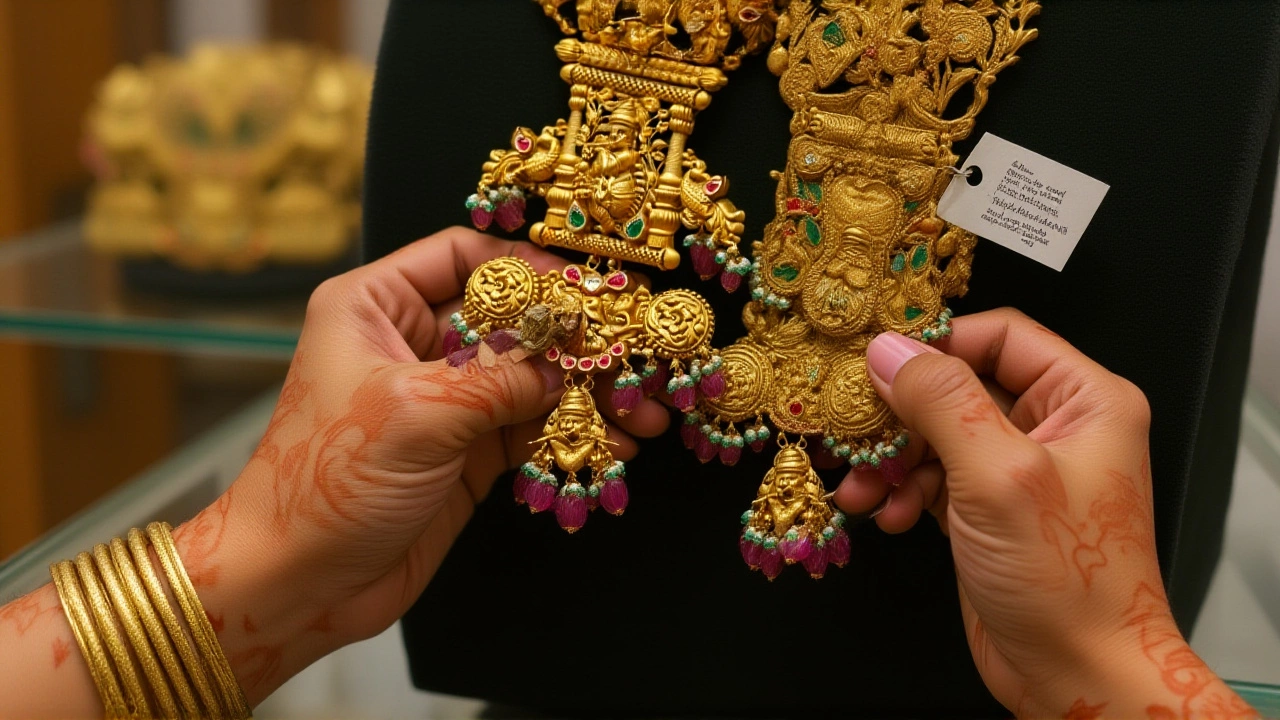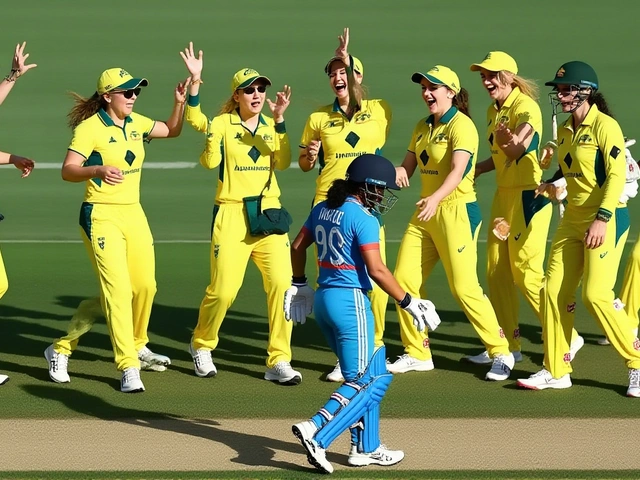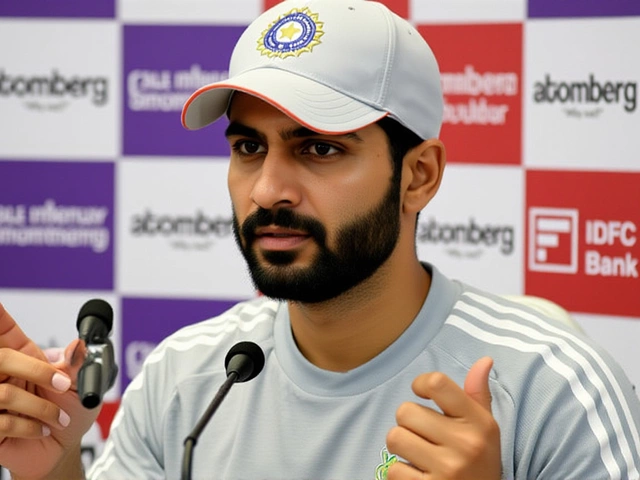Festive Demand: Understanding India’s Seasonal Buying Spike
When you hear Festive Demand, the surge in buying activity that peaks around major Indian celebrations. Also known as seasonal buying spike, it fuels everything from jewellery to gadgets.
Festive Demand isn’t just a buzzword; it’s a market force that shapes inventory, pricing, and promotions. It encompasses Indian festivals, cultural events like Diwali, Navratri, and the wedding season that trigger buying frenzies. These celebrations influence consumer behavior, the way shoppers plan, prioritize, and spend during the holiday window. When shoppers flock to stores, retailers see a rise in seasonal sales, short‑term offers and discounts that capitalize on the heightened demand. The triple relationship – festive demand drives seasonal sales, festivals shape consumer behavior, and consumer behavior fuels market trends – creates a self‑reinforcing loop that businesses can’t ignore.
Why the Spike Happens and Who Benefits
At the heart of the spike is the cultural imperative to gift, decorate, and upgrade during auspicious times. Families often view buying jewellery or a new phone as a way to bring luck and status. This cultural driver means that sectors as diverse as automotive (TVS’s Apache RTX 300 launch timed around a festival period), technology (Apple’s iPhone releases before holiday sales), and even food (rice‑flour rangoli for Navratri) all see a lift. Companies with agile supply chains and flexible pricing can capture the surge, while those that miss the timing lose out. The market trends that emerge – higher footfall, increased online traffic, and price sensitivity – are consistent across categories, making festive demand a universal KPI for planners.
Understanding festive demand also means looking at data. Retailers monitor year‑over‑year growth, compare pre‑festival inventory levels, and track conversion rates during the peak weeks. A typical pattern shows a 30‑40% jump in sales volume and a 15‑20% rise in average transaction value. Brands that align product launches, like a new bike model or a limited‑edition jewellery collection, with these windows often enjoy a multiplier effect on brand awareness and loyalty.
For shoppers, the spike brings both opportunity and challenge. Discounts can be deep, but stock runs out fast, and price wars can lead to aggressive marketing. Smart shoppers watch price trends, set budgets, and prioritize purchases that combine sentimental value with long‑term utility – whether it’s a gold necklace for a wedding or a phone that lasts through the next year’s festival season.
Below you’ll find a curated mix of recent stories that illustrate how festive demand reshapes different industries, from bike launches to tech unveilings, food traditions to sports events. Dive in to see real‑world examples of the concepts we just covered and get ideas on how to ride the festive wave in your own business or shopping plan.
Gold steadies at ₹12,508/g across India on Oct 23, 2025
Gold steadied at ₹12,508 per gram across India on Oct 23, 2025, with Delhi at a slight premium, driven by Diwali and wedding demand.






